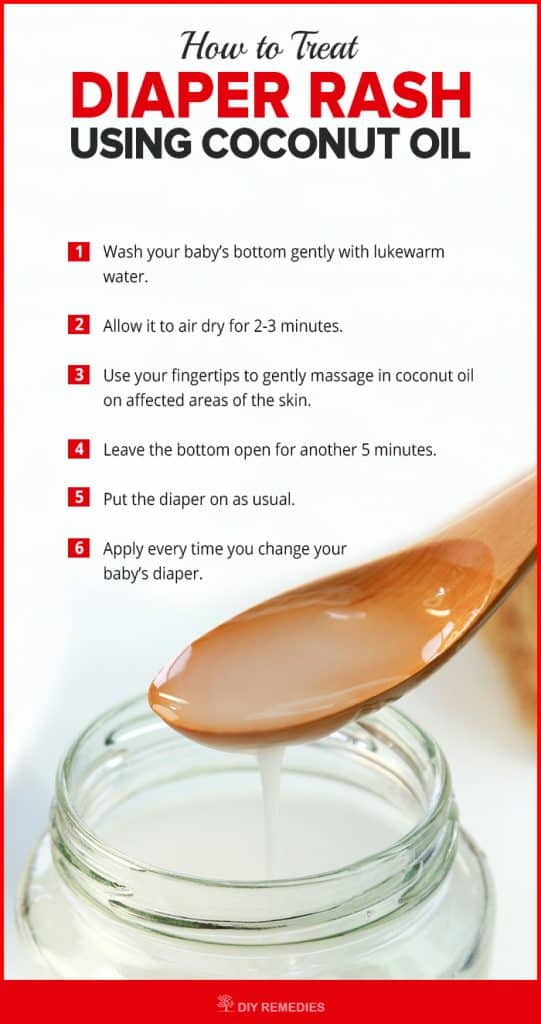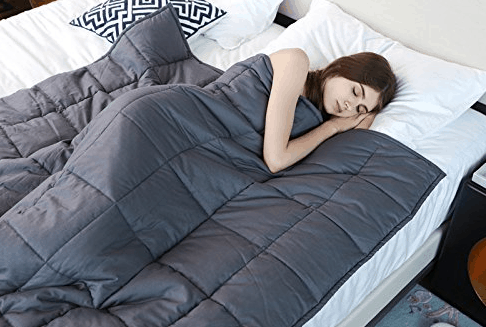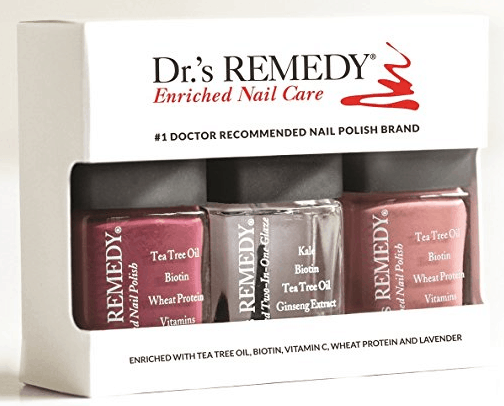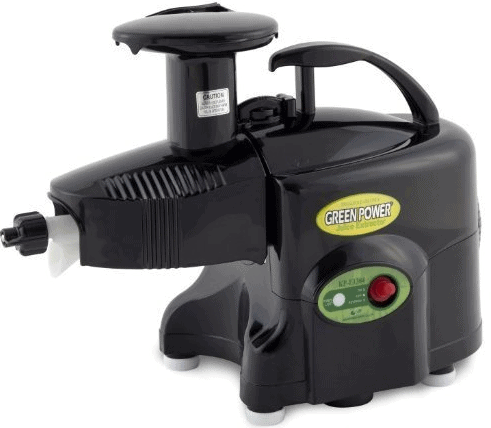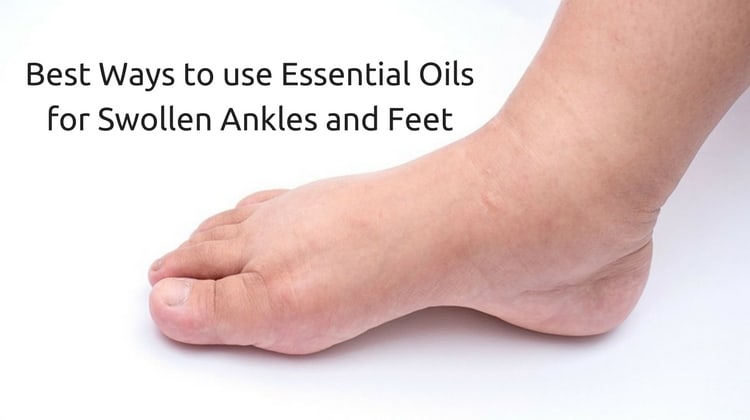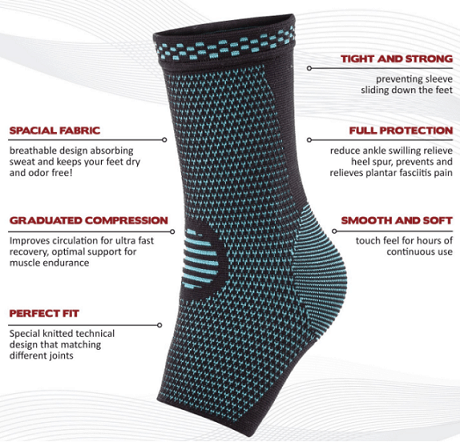Get Rid of Diaper Rash using Coconut Oil
Does your baby cry out every time you cleanse his bottom while changing diapers? If you notice inflammation, prickly red spots or sore bumps within your child’s diaper area, it means your baby is suffering from a common skin infection called diaper rash or dermatitis. This is the most common skin disorder occurring in infants, affecting 1 in every 4 babies in the United States alone. (1)
Diaper rash causes the baby’s sensitive skin to become red, scaly, tender and painful in the buttocks area, which comes into direct contact with the diaper. A number of factors may cause this rash to develop such as – wetness due to not changing diapers frequently, a fungal yeast/bacterial infection, irregular bowel movements or allergic reactions to certain products and antibiotics. Tightfitting diapers that rub excessively on the skin also make the problem worse. (2)
When a diaper rash develops on a baby’s skin, the outermost layer of the skin called stratum corneum gets damaged. This can lead to further infections within the skin which can make the irritation worse. To control the problematic symptoms of diaper rash that cause discomfort to your baby, natural remedies like coconut oil, essential oils and vegetable glycerin are extremely effective.
In this article, let’s talk about the common types of diaper rash affecting babies and how to control its symptoms using natural coconut oil remedies.
The 4 Most Common Types of Diaper Rash
Contents
- Irritant Dermatitis: Caused by wet skin (urine and stool) being in contact with the diaper. Shows up as redness and swelling around the top of the diaper area, along the legs and baby’s bottom.
Candida Dermatitis: Caused by yeast infection/overgrowth as a result of diarrhea, reaction of skin to soaps or tightness of wet diapers. Shows up as pimples, blisters and pus-filled sores.
Allergic Dermatitis: Caused by an allergy/irritant such as diaper brand, cream, detergents. Shows up as red, inflamed and irritated skin that looks worn out.
Bacterial Dermatitis: Caused by staph and strep bacteria from vigorous rubbing of already irritated skin. Shows up as itchy pus-filled blisters that turn into peeling honey-colored scabs.
What Makes Coconut Oil Effective in Treating Diaper Rash?
- Coconut oil has natural anti-bacterial, anti-microbial and anti-viral properties that help to prevent infections on the baby’s sensitive and rash-prone skin. (3)
Coconut oil is rich in beneficial fatty acids like lauric, capric and caprylic acids. These are powerful anti-fungal agents that kill harmful bacteria and prevent yeast infections that result in rashes. (4)
It has a soothing and anti-inflammatory effect on symptoms of diaper rash like inflammation and irritation. (5)
It penetrates deep into the skin easily and helps to nourish and hydrate it from within, speeding up the healing process of rashes.
How to Use Coconut Oil for Diaper Rash?
The following coconut oil remedies can be used as effective topical applications for any of the four types of diaper rash mentioned above.
1. Direct Application of Coconut Oil
The simplest way to use coconut oil as a natural remedy for diaper rash is to apply it directly on the affected areas of your baby’s skin.
- Wash your baby’s bottom gently with lukewarm water.
Allow it to air dry for 2-3 minutes.
Use your fingertips to gently massage in coconut oil on affected areas of the skin.
Leave the bottom open for another 5 minutes.
Put the diaper on as usual.
Apply every time you change your baby’s diaper.
2. Coconut Oil Natural Diaper Cream
Calendula flowers contain natural anti-bacterial oils that speed up the healing process of rash-prone skin. Chamomile flowers act as an effective natural anti-bacterial and anti-fungal agent. It also acts as an anti-inflammatory agent to soothe irritated skin and has beneficial anti-parasitic properties. Zinc oxide powder is a powerful water repellant and repels the excess moisture that leads to diaper rash in babies. Shea butter has a soothing effect on irritated skin and rashes. It is anti-bacterial and anti-inflammatory in nature and helps to speed up the healing process of diaper rashes.
- Take ½ cup of coconut oil in a glass bowl.
Place this glass bowl in a bigger bowl containing hot water to melt the oil.
Add 1 tablespoon each of calendula flowers and chamomile flowers to the coconut oil.
Allow it to stand undisturbed for an hour till the mixture turns yellow and fragrant.
Carefully remove the flowers from the oil.
Add 1 tablespoon of zinc oxide powder or arrowroot along with ¼ cup of shea butter to it.
Blend this mixture together till it attains the consistency of a velvety cream.
Apply on the baby’s clean and dry bottom whenever required.
Store in an airtight glass jar for re-use later.
3. Coconut Oil and Grapeseed Extract
Grapeseed is naturally anti-inflammatory and helps to reduce the redness and swelling associated with diaper rashes. It also contains polyphenols and anti-oxidants that help to cleanse skin and keep it adequately hydrated, to speed up the healing process.
- In a bowl, add 2 ounces of coconut oil, 2-3 drops of grapeseed extract and 1 ounce of distilled water.
Stir well.
Pour the mixture into a clean spray bottle.
Spray on the affected areas of your baby’s clean bottom every time you change a diaper.
Leave for 2-3 minutes to air-dry before putting on the diaper.
4. Coconut Oil and Lavender Oil
Lavender oil has a disinfecting effect on skin afflicted with diaper rash. It helps to stimulate blood circulation within the skin, relieving irritation and leads to faster healing.
- Take ¼ cup of melted coconut oil in an airtight glass jar.
Add 1 tablespoon of lavender oil to it.
Stir well.
Apply on the affected areas of your baby’s bottom on dry and clean skin while changing diapers.
Let it air-dry for 2-3 minutes before putting on a new diaper.
Note: This can be stored and re-used later.
5. Coconut Oil, Zinc Oxide Powder and Beeswax
A combination of coconut oil, zinc oxide powder and beeswax works as the perfect natural remedy to heal and prevent diaper rashes. The zinc oxide powder forms a barrier against the excess moisture and wetness that lead to rashes. The beeswax works to bind the coconut oil and zinc oxide powder together effectively into a cream that penetrates easily into the baby’s skin.
- Take 2/3 cup of melted coconut oil and 1/8 cup of melted beeswax together in a bowl.
Add 3-4 tablespoons of zinc oxide powder to it.
Blend thoroughly till no clumps remain in the mixture.
Transfer to an airtight container.
Allow it to stand undisturbed for a few hours to cool and solidify.
Use on rash-prone dry skin of your baby’s bottom whenever required.
6. Coconut Oil, Vegetable Glycerin, Beeswax and Shea Butter
Glycerin acts as a natural humectant on the skin, helping to maintain the perfect balance of moisture within it. Its non-toxic nature and gentle, soothing effect on the skin makes it an ideal remedy to treat diaper rashes in babies. When used in combination with coconut oil, beeswax and shea butter, it works as an extremely effective remedy to get rid of the painful symptoms of diaper rashes.
- In a saucepan, add ¼ cup of coconut oil, 1 tablespoon beeswax and ½ cup of shea butter.
Melt the mixture on medium heat.
Once fully melted, add 2 tablespoons of vegetable glycerin to it.
Blend the mixture till it attains a creamy texture.
Allow it to stand undisturbed in an airtight glass container for an hour to cool and solidify.
Apply on your baby’s dry bottom as a thick even layer of anti-rash cream whenever required.
7. Coconut Oil, Zinc Oxide, Shea Butter, Lavender Oil and Chamomile Essential Oil
This combination of ingredients works as an extremely potent topical application to reduce the irritating symptoms of diaper rash in babies. The oils also help to keep the sensitive and rash-prone skin of babies adequately nourished and help in healing the rashes.
- In a saucepan kept over low heat, melt ½ cup of shea butter.
Once completely melted, add 2 tablespoons of coconut oil to it.
Stir well.
Let the mixture cool and solidify for about 30 minutes.
Once it attains a semi-solid texture, add ½ cup of zinc oxide and 7-8 drops each of lavender oil and chamomile essential oil.
Stir gently.
Store in an airtight glass container.
Apply on your baby’s bare and dry bottom whenever required.
Note: This natural remedy can be stored for re-use upto a maximum duration of six months.
Natural Coconut Oil Remedies for Candida Dermatitis (Yeast Infection)
Here are three coconut oil remedies that are specifically useful to combat diaper rash caused by a yeast infection on your baby’s bottom.
1. Coconut Oil and Tea Tree Oil
Tea tree oil possesses natural anti-fungal and antiseptic properties. This makes it an effective remedy to treat yeast infections and resulting rashes.
- Take ½ cup of melted coconut oil in a bowl.
Add 2-3 drops of tea tree oil to it.
Mix well.
Apply on affected patches of clean and dry skin between changing diapers whenever required.
Store in an airtight glass jar for re-use.
Note: Never apply undiluted tea tree oil directly to the skin. It is extremely concentrated and may lead to a burning or stinging sensation.
2. Coconut Oil Antimicrobial Clay Balm
Bentonite clay is made from volcanic ash and is highly absorbent in nature. It absorbs the excess moisture, leaving your baby’s skin dry and free of rashes. It also has a soothing effect on red and inflamed skin. It is a good cleansing agent of the skin as well and helps to eliminate all sorts of toxins and impurities from it, resulting in clear, rash-free skin.
- In a saucepan over low heat, add ½ cup of shea butter and melt it.
Once fully melted, add 2 tablespoons of coconut oil to it.
Stir well.
Remove from heat and allow it to cool for about 30 minutes.
Once the mixture turns into a semi-solid consistency, add ¼ cup of bentonite clay to it.
Next, add 7-8 drops each of lavender oil and chamomile oil.
Mix thoroughly.
Store in an airtight jar for re-use later.
Apply on clean and dry bottom as and when required.
Note: Opt for pure bentonite clay which has no additives for this remedy.
3. Coconut Oil and Grapefruit Seed Extract
Grapefruit seed extract has its origins in the pulp and seeds of grapefruit. It has natural anti-fungal and anti-parasitic properties that help to relieve the symptoms of diaper rashes and heals affected skin.
- Take ½ cup of melted coconut oil in a bowl.
Add 8-10 drops of grapefruit seed extract to it.
Mix well.
Apply carefully to affected rash-prone patches on clean and dry skin.
Store in a bottle for re-use later.
Note: You can also add 2-3 drops of tea tree oil to this remedy to make it more effective.
FAQ’s regarding Diaper Rash in Babies:
Q. Which diapers are better to prevent rashes for my baby – cloth diapers or disposable diapers?
A. It cannot be said whether cloth diapers or disposable diapers are better for your baby. You need to find out what type and brand of diapers suits your baby best. The key to prevent diaper rash is to keep the baby’s bottom clean and dry at all times. Hence, changing diapers frequently – whether they are made of cloth or are disposable – is a must.
Q. Disposable diapers always caused a rash for my baby. So, I switched to cloth diapers. But these are very difficult to keep clean. What is the best way to clean these so that my baby does not develop a rash?
A. Keeping cloth diapers clean and hygienic can be a big pain, especially since you need to change diapers so frequently. Two points need to be kept in mind here – one, the cloth diapers should be effectively disinfected; two, there should be no remaining soap residue on the cloth after washing. Both these factors can cause irritation and rashes on the baby’s bottom. The best way to wash cloth diapers is as follows:
- In a bucket of cold water, soak soiled cloth diapers for about half an hour.
Follow it up by washing them with hot water, a mild detergent and bleach for effective disinfection.
Rinse the cloth in vinegar to get rid of bad odors and any remaining soap residues.
Finally, rinse thoroughly in cold water twice to remove traces of soap, vinegar and detergent.
Hang out to air-dry or use a clothes dryer on warm setting.
Q. I’ve heard that cornstarch and powder can be applied to the baby’s bottom to prevent diaper rash. Is it effective?
A. Using both cornstarch and powder on your baby’s bottom is a big no. Both can lead to irritation in your baby’s lungs if inhaled or a fungal infection on your baby’s bottom. Instead, opt for barrier ointments or diaper creams that contain petroleum jelly or zinc oxide. Each time you change your baby’s diaper, cleanse the bottom with warm water and allow it to dry completely. Then slather on a layer of this barrier ointment to reduce the chances of harmful bacteria reaching the skin and causing irritation/rashes. Finally, put on the diaper like you usually do.
Simple Ways to Prevent Diaper Rash
- Change your baby’s diapers every 2-3 hours, irrespective of how soiled it is.
Cleanse your baby’s bottom with lukewarm water between every change and gently pat skin dry.
Always make sure the skin is completely dry before putting on another diaper on your baby. Damp or wet skin within the diaper can lead to irritation and rashes.
If the diaper is too tight, it can lead to the rubbing of skin against it, leading to scratches and rashes.
If using cloth as a diaper, make sure it is always cleaned with a soft detergent effectively. Unclean cloth diapers may also result in unexpected rashes on the baby’s bottom.
Always remember to wash your hands after every diaper change. This will prevent the spread of harmful bacteria from your hands to the baby that can lead to infections.
Some babies develop an allergic rash towards certain brands of diapers. Hence, it is best to observe carefully and avoid frequent changes in brands.
Whenever possible at home, allow your baby to be diaper-free for a while. Exposure of skin to the air is the best way to allow it to dry and heal effectively.
Tips and Precautions:
- Make sure your baby isn’t allergic to coconut oil by carrying out a simple patch test on the inner arm before using any remedy for diaper rash.
Opt for extra virgin organic coconut oil instead of refined coconut oil in all the natural remedies mentioned above.
Ensure that coconut oil does not enter the eyes. It can cause mild irritation and watering.
After applying any coconut oil remedy on your baby’s bottom, always wait for at least 2-3 minutes to let the application air dry. Only then put on a new diaper on your baby.
It is advisable to use a slightly larger size of diaper for your baby if he/she is suffering from diaper rash. This will not be too tight on the baby’s bottom and will help in healing.
While cleansing your baby’s bottom in between diaper changes, you can use a soft washcloth dipped in cool water and dab it on the rashes. This will provide a soothing effect from the irritation.
Avoid using wet baby wipes that contain alcohol or an artificial fragrance. It may act as an irritant for the baby’s sensitive skin, resulting in rashes.
Apply a generous and even layer of any coconut oil remedy that you choose on your baby’s bottom. All red patches of inflamed skin need to be covered with the application. Don’t forget to apply it to your baby’s leg folds as well, since rashes tend to occur there too.
If you notice the rash on your baby’s bottom increasing in the form of blisters/sores or if your baby develops a fever, it is recommended to immediately visit a doctor.
Remember, a clean and dry baby with healthy skin will always be a happy baby! What natural remedy works best to treat your baby’s diaper rash? Which of the coconut oil remedies mentioned above did you find most effective? We would love to hear more from you in the comments section below.
Source link wallx.net
